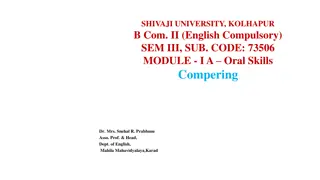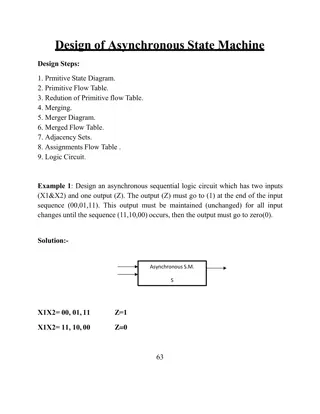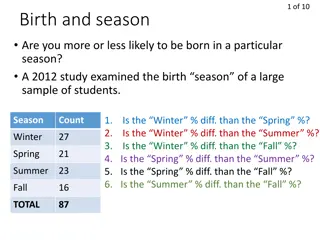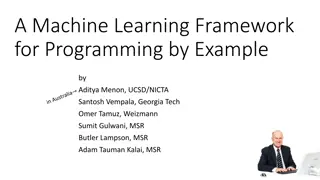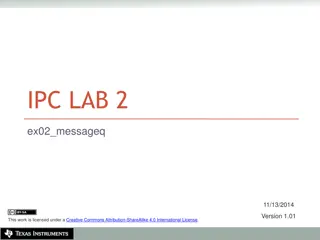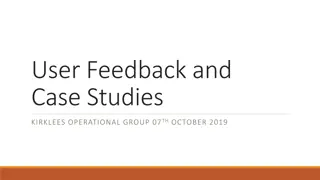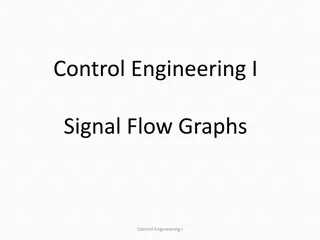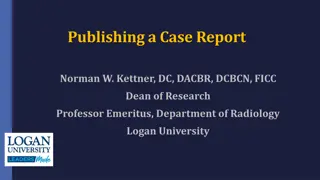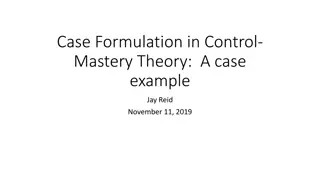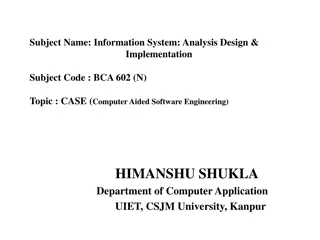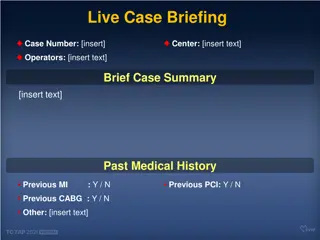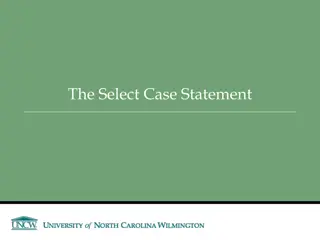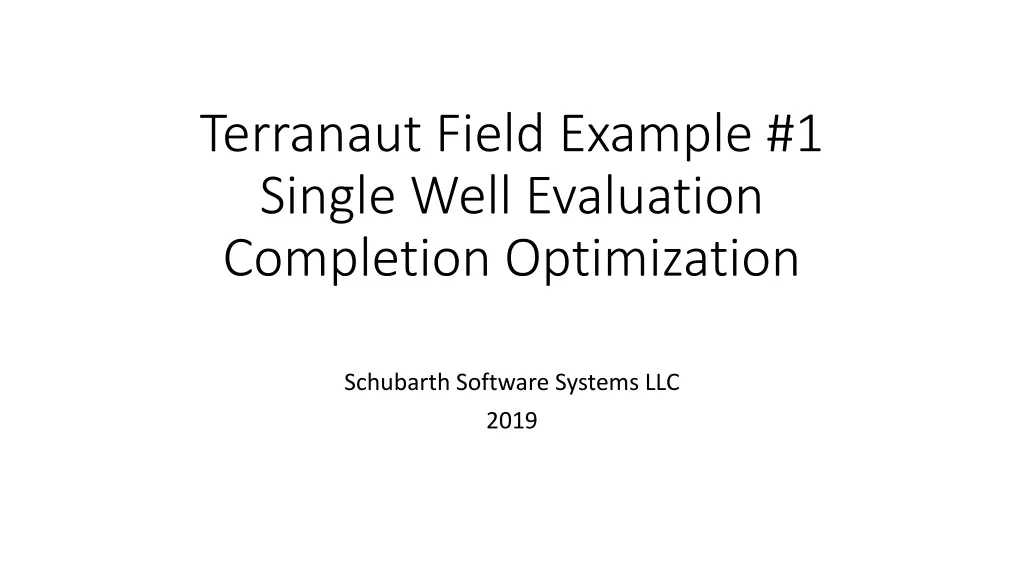
Optimizing Single Well Completion for Terranaut Field Example
Analyzing production data from a single horizontal oil well with 20 frac stages to optimize completion design. Insights include effective fracture analysis, permeability estimation, fracture modeling, and economic implications for reducing costs and increasing NPV through stage count adjustments and larger stage sizes.
Download Presentation

Please find below an Image/Link to download the presentation.
The content on the website is provided AS IS for your information and personal use only. It may not be sold, licensed, or shared on other websites without obtaining consent from the author. If you encounter any issues during the download, it is possible that the publisher has removed the file from their server.
You are allowed to download the files provided on this website for personal or commercial use, subject to the condition that they are used lawfully. All files are the property of their respective owners.
The content on the website is provided AS IS for your information and personal use only. It may not be sold, licensed, or shared on other websites without obtaining consent from the author.
E N D
Presentation Transcript
Terranaut Field Example #1 Single Well Evaluation Completion Optimization Schubarth Software Systems LLC 2019
Field Example #1 Summary In this example we will examine the production from a single Horizontal oil well completed with 20 frac stages There are slightly more than 400 days of production and the well has no current offset The well exhibits Early-time linear flow and a turn into transitional-flow due to pressure transient interference between fractures Analysis indicates that there were 2 effective fractures created per stage and that they have an average effective length of 150 feet The formation average permeability is estimated to be 800 nD from the production decline match Fracture modeling indicates that larger stage sizes can create longer effective fractures, but stage costs will be higher Economics indicate that well costs can be reduced and NPV can be increased through reducing the stage count using the same size treatments, with only a minimal loss in EUR Further economics indicate that EUR can be increased, well costs reduced and NPV improved through the use of larger stage sizes and fewer stages.
Production History Match Here is the match of the production history using an analytical production model. The reservoir and completion has been characterized by the results of the match Formation perm = 800 nD Effective Lf = 150 feet 40 Created Fractures from 20 stages
Fracture Treatment Design Using a fracture treatment model, the effective length for created fractures can be estimated from treatment size The treatment size of 270 klbs matches, which was used in the subject well matches the effective Lf of 150 feet estimated from the production history match Knowing the treatment size, the cost of any other stage size can be calculated from the cost of materials used.
Forecasting other completion scenarios Using the reservoir model from the production history match, the expected production from other completion scenarios can be predicted. These cases are all for the same size stage treatment used on the original well. Production is higher in the early life of the well when more stages are pumped. However, late time cumulatives begin to converge after a couple years.
Economics for same size treatments Using the different well costs from completion designs with different numbers of stages and the forecast production from those designs, the cash flow can be calculated and determine which yields the best economic return. From this graph it can be determined that 15 stages not only has the highest 10 year NPV, it also has a lower initial cost. Therefore the Return on Investment is higher as well.
Economics with varying treatment size By changing treatment size the economic outcome becomes a ternary plot rather than the xy plot from the previous slide By increasing treatment size and reducing the number of stages from the original design, the economics can be improved further This is due to the increased recovery from longer effective fractures
Economic Improvement in Completion Design Improved Case 14 225 427 106 1484 2150 186 Base Case 20 150 270 81 1620 1035 156 Incremental -6 75 157 25 -136 1115 30 Stages Effective Lf, feet Sand/Stage, klbs Cost/Stage, M$ Completion Cost, M$ NPV, M$ 10yr Cuml Oil, mbo
No loss in Initial Potential Increased 10 year Cumulative oil



